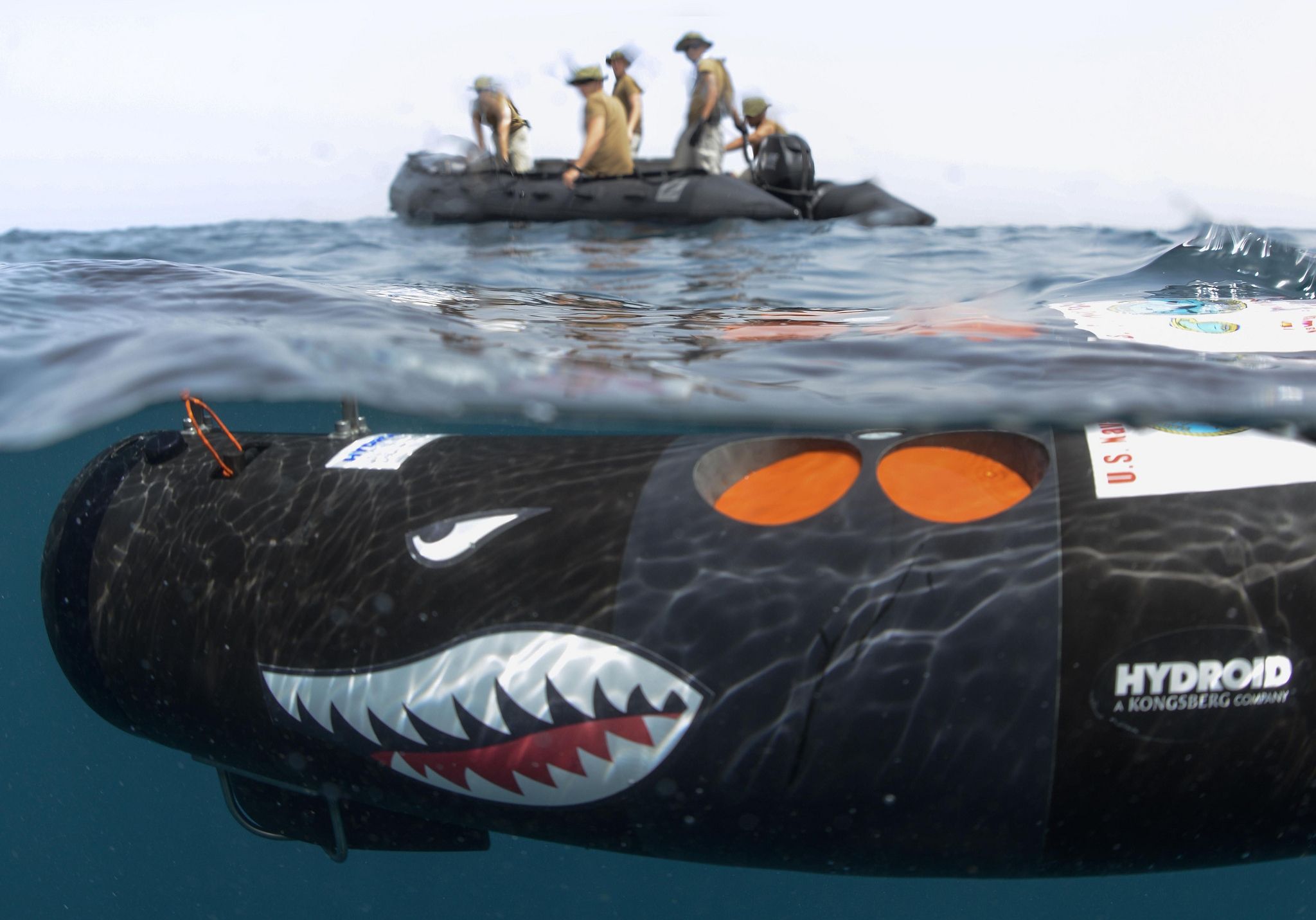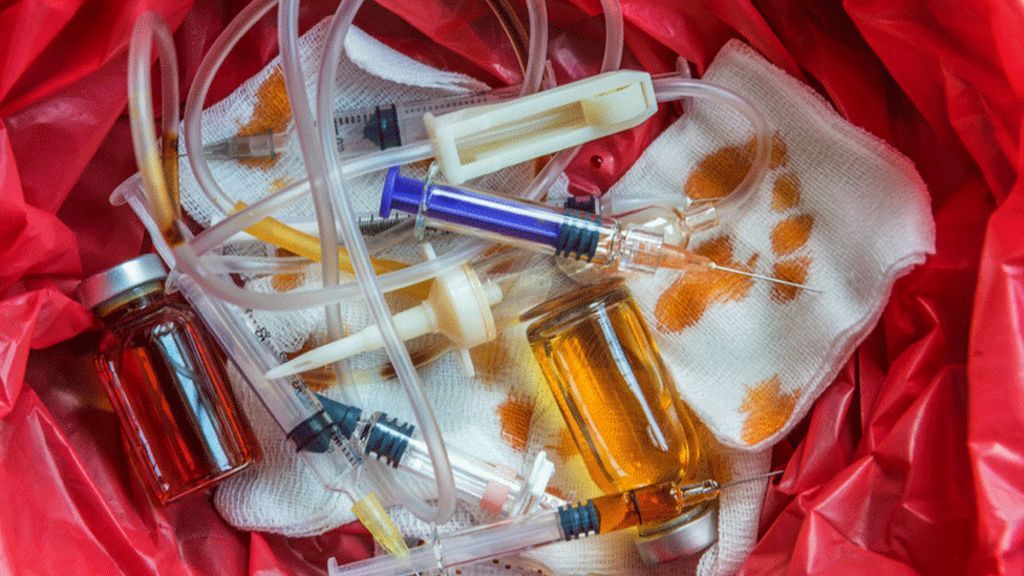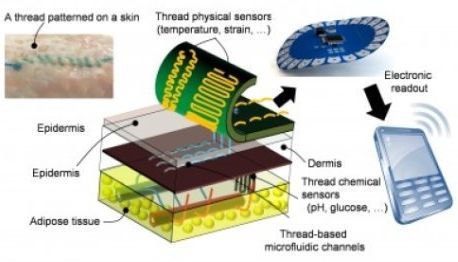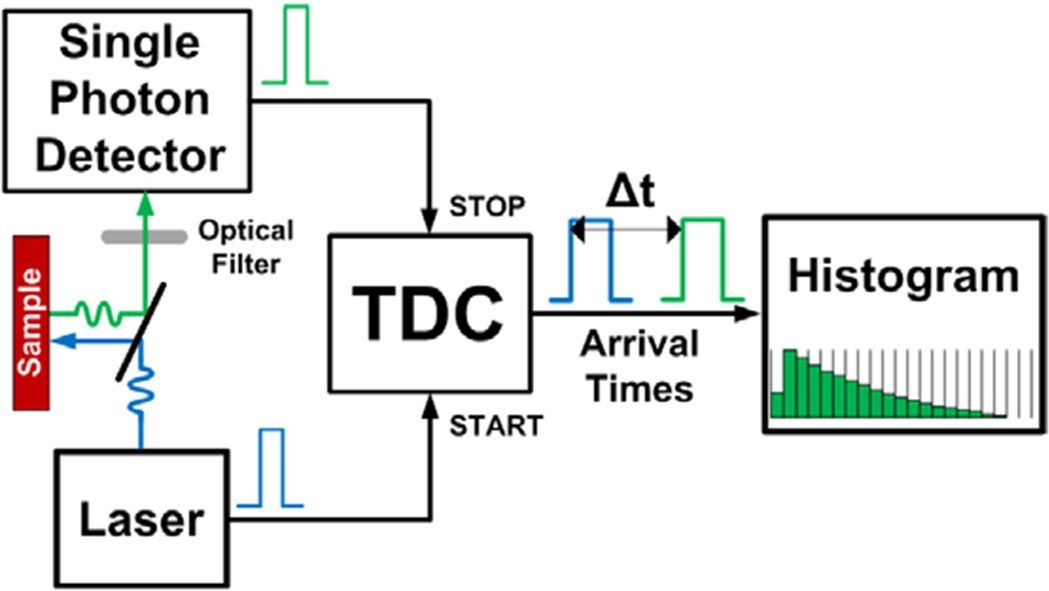Archive for the ‘health’ category: Page 385
Jul 18, 2016
DARPA Awards $7.5M Grant For Development Of Implantable Biosensors
Posted by Karen Hurst in categories: health, military
Cannot wait to see the work on this.
DARPA has awarded a grant worth $7.5 million to San Francisco-based Profusa for the development of tissue-integrated biosensors. The biosensors will be used by the military to monitor the health status of soldiers in real time.
( Profusa )
Continue reading “DARPA Awards $7.5M Grant For Development Of Implantable Biosensors” »
Jul 18, 2016
Why Google wants your medical records
Posted by Karen Hurst in categories: biotech/medical, health
In the UK; US has HIPAA and I am glad.
Google has made headlines for its forays into healthcare but what is its ultimate goal?
Jul 18, 2016
Profusa to Showcase Tissue-integrated Sensors for Long-term Continuous Monitoring of Body Chemistry at the Pioneers Festival in Vienna
Posted by Klaus Baldauf in categories: biotech/medical, business, chemistry, health, mobile phones
Lumee™ tissue-O2 monitoring system slated to be available this year in Europe
SOUTH SAN FRANCISCO, Calif., May 16, 2016 — Profusa, Inc. announced today that it was selected by Pioneers, the global business relationship builder, to showcase the company’s “wear-and-forget” Lumee™ biosensor technology at the Pioneers Festival held at the prestigious Hofburg Imperial Palace in Vienna, Austria, May 24th-25th.
Making health and disease monitoring as easy as turning on your smart phone, the company’s tissue-integrated sensors for long-term, continuous tracking of body chemistry will be highlighted by Ben Hwang, Profusa’s chairman and chief executive officer, in a talk entitled, “Beyond Fitness Trackers: Let Your Body Speak.”
Jul 18, 2016
‘Smart’ thread collects diagnostic data when sutured into tissue
Posted by Karen Hurst in categories: biotech/medical, chemistry, computing, health, mobile phones, nanotechnology, wearables
Way cool! Your stitches monitors and reports your progress to your doctor/s.
BTW — In 1999, I told a guy from Diamond Intl. that the thread in our clothing would be able to do this in the next 15 to 20 years. He laughed at me; never say never.
For the first time, researchers led by Tufts University engineers have integrated nano-scale sensors, electronics and microfluidics into threads — ranging from simple cotton to sophisticated synthetics — that can be sutured through multiple layers of tissue to gather diagnostic data wirelessly in real time, according to a paper published online July 18 in Microsystems & Nanoengineering. The research suggests that the thread-based diagnostic platform could be an effective substrate for a new generation of implantable diagnostic devices and smart wearable systems.
Continue reading “‘Smart’ thread collects diagnostic data when sutured into tissue” »
Jul 16, 2016
DARPA Invests $7.5 Million for Implantable Biosensor that are 3 millimeters long and 500 microns in diameter
Posted by Klaus Baldauf in categories: chemistry, health, internet, military

Profusa (South San Francisco, CA) has won a $7.5 million grant from the Defense Advanced Research Projects Agency (DARPA) and the U.S. Army Research Office for further development of its tissue integrated biosensor technology, the company said Tuesday.
The U.S. military sees value in the technology improving mission efficiency through real-time monitoring of combat soldier health status.
Jul 16, 2016
Virtuix Omni Provides Virtual Worlds in Which to Walk, Run, and Jump
Posted by Dan Faggella in categories: entertainment, health, virtual reality
2016 has been called the year that virtual reality becomes a reality, as some of the most anticipated devices will be made available on the consumer market. From Magic Leap (valued at over $1 billion) to Oculus (acquired by Facebook last year for $2 billion), there’s plenty of interest in the market, and ample room for it.
Though virtual reality is often depicted as an experience for the recliner or gaming chair, a number of VR enthusiasts want us to rethink how we engage with the technology. Instead of sitting around, they’d like to get us moving and looking beyond the go-to medium of gaming. Developers of these new devices consider fields like military training and healthcare as valuable places for mobile virtual reality to be applied.
Leading this approach is a Kickstarter VR company called Virtuix, whose treadmill-like device Omni encourages users to get upright and active. The reason to develop such a device felt like a natural evolution to Virtuix’s former Product Manager, Colton Jacobs.
“If I am walking in the virtual world my avatar is actually walking…”, he says, “…then the body’s natural reaction is, I want to stand up, I want to be walking with this avatar as if I’m actually there.”
Continue reading “Virtuix Omni Provides Virtual Worlds in Which to Walk, Run, and Jump” »
Jul 15, 2016
Single-photon avalanche diodes and advanced digital circuits for improved biomedical imaging
Posted by Karen Hurst in categories: biotech/medical, computing, health
High-performance detectors that are compatible with mainstream semiconductor device fabrication deliver high speed, ultra-sensitivity, and good timing resolution.
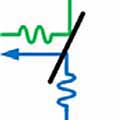
Recent advances in biomedical imaging include the enhancement of image contrast, 3D sectioning capability, and compatibility with specialized imaging modes such as fluorescence lifetime imaging (FLIM).1–3 Compared with other imaging methods, FLIM offers the highest image contrast because it measures the lifetime of the fluorescence, rather than just its intensity or wavelength characteristics. The contrasting fluorescence lifetime attributes can then enable the observer to discriminate between regions, such as identifying healthy and diseased tissue for cancer detection. In conventional FLIM, a discrete single-photon detector, typically based on photomultiplier tube (PMT) technology, enables the acquisition of a single focal spot.4 This focal spot is then raster-scanned across the field of view to form an image. This approach, however, requires sequential scanning—pixel by pixel—and thus results in a slow image acquisition rate.
Jul 14, 2016
Dr Aubrey de Grey is doing an AMA 19th in Reddit Futurology 1pm EST/6pm BST
Posted by Steve Hill in categories: biotech/medical, health, life extension
If you are interested in the work of SENS and how Dr Haroldo Silva and his team are looking for ways to treat cancer why not come along and join them?
There is going to be a SENS AMA on Reddit with Aubrey de Grey and OncoSENS researcher Haroldo Silva. Ask them anything about SENS and the long term goal of developing universal cancer therapies.
FUTUROLOGY JULY 19TH 1 pm EST/10 am PST/6 pm BST.
Continue reading “Dr Aubrey de Grey is doing an AMA 19th in Reddit Futurology 1pm EST/6pm BST” »
Jul 13, 2016
Eating Sugar And Fatty Foods Is As Bad As Doing Drugs
Posted by Karen Hurst in categories: biotech/medical, food, health, neuroscience
Is it time for rehab for junk food junkies?
Apparently, all the burgers and smoothies you’re consuming cause your brain to forget to stop eating even when you’re full.
Can you relate to midnight cravings and the feeling of perpetual hunger? Do you resort to grabbing fast food on the fly or eating out of a tub of ice cream while you’re bored around the house?
Continue reading “Eating Sugar And Fatty Foods Is As Bad As Doing Drugs” »
